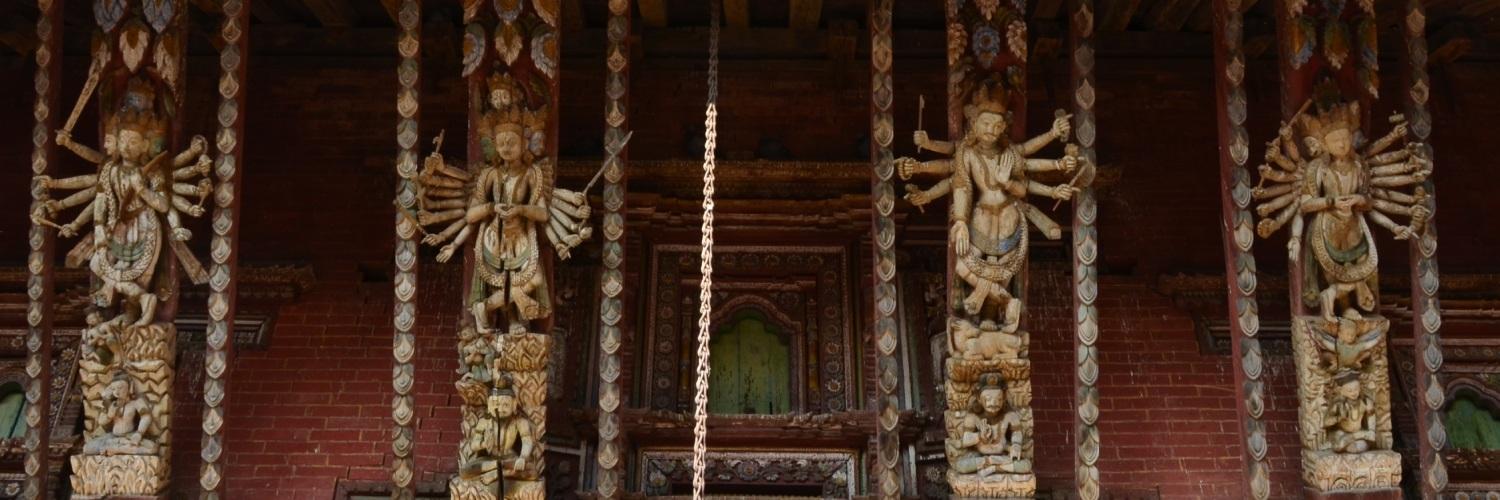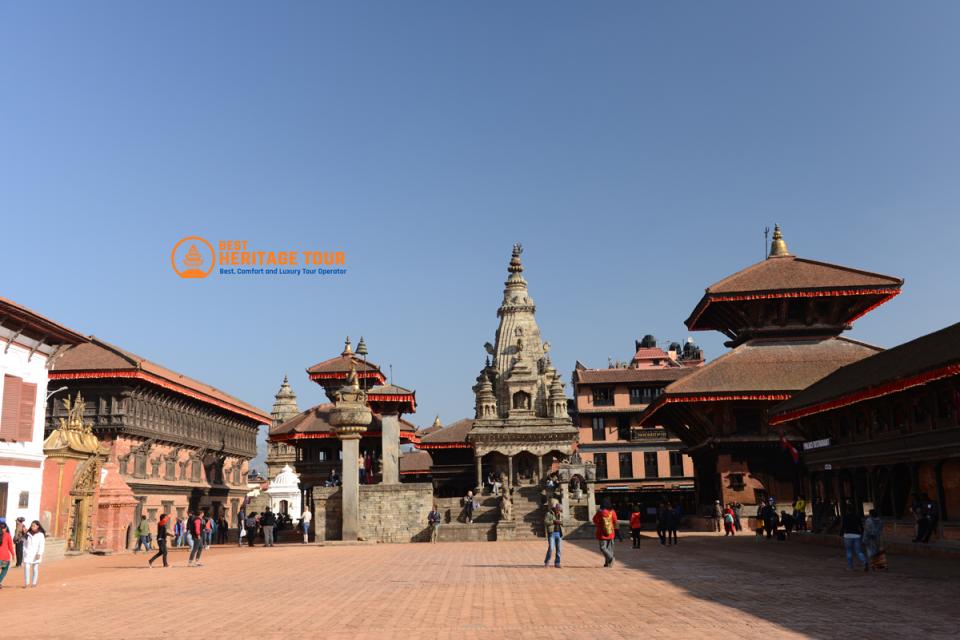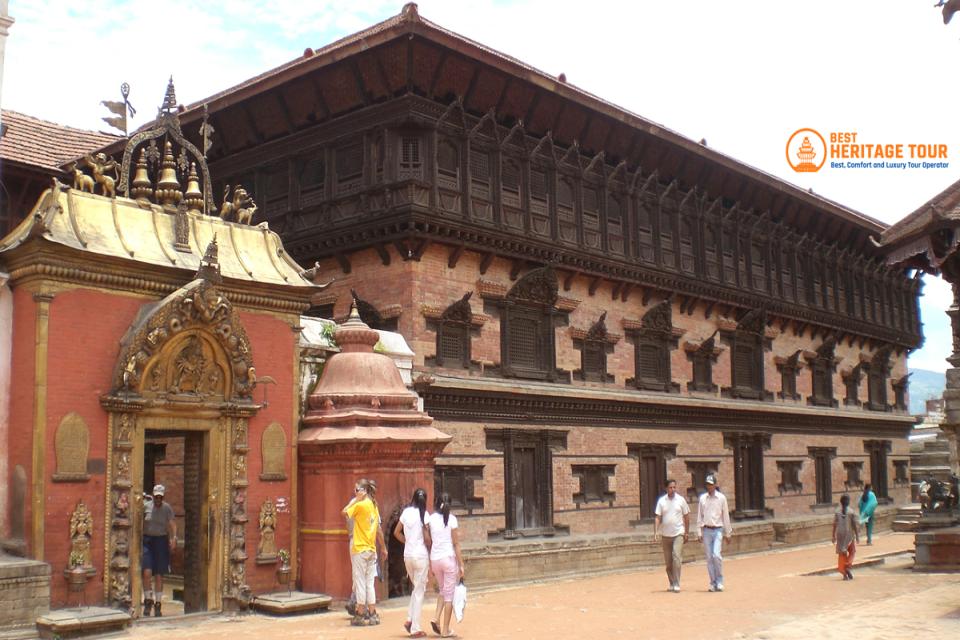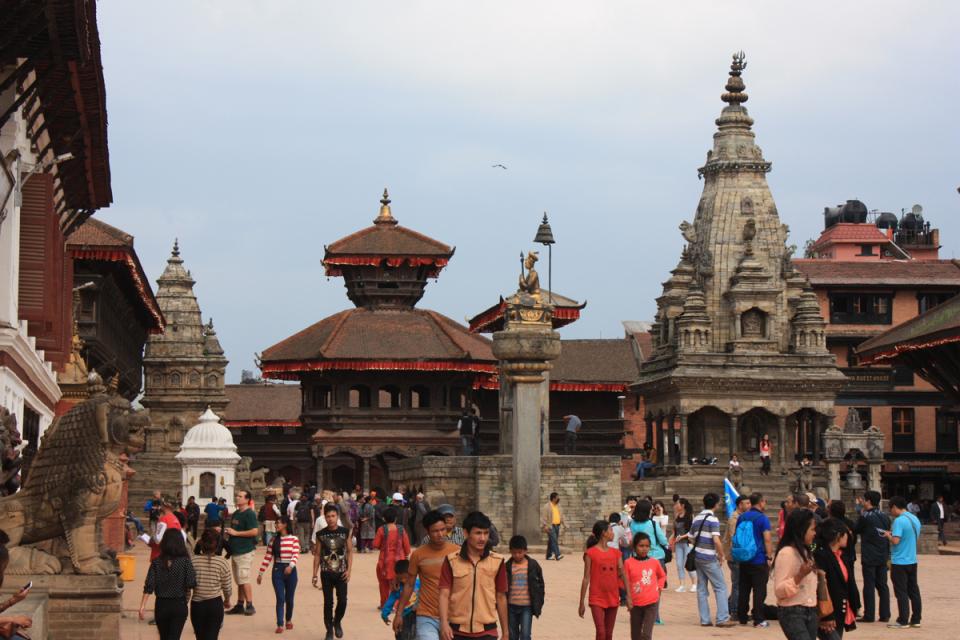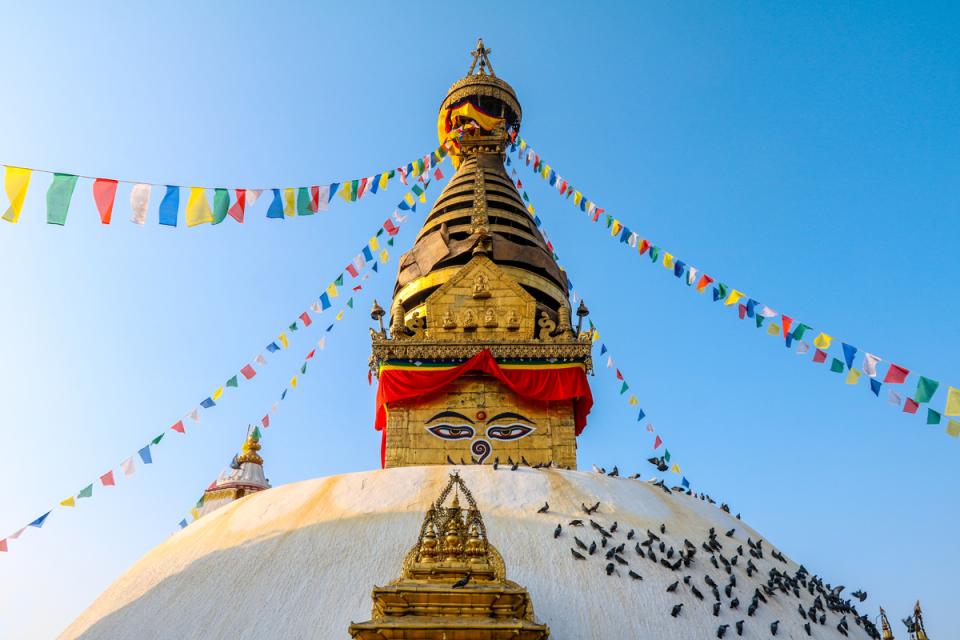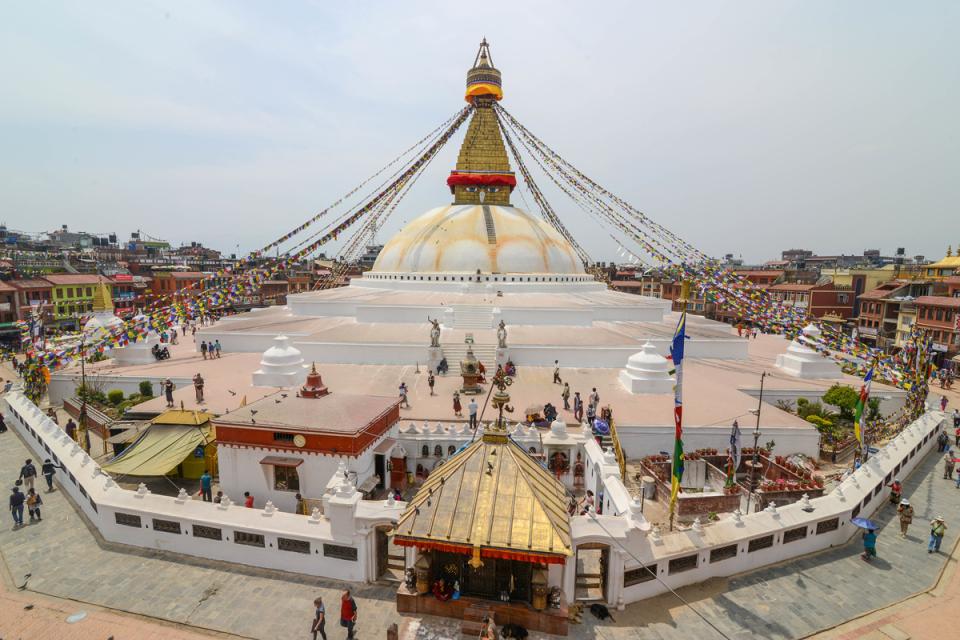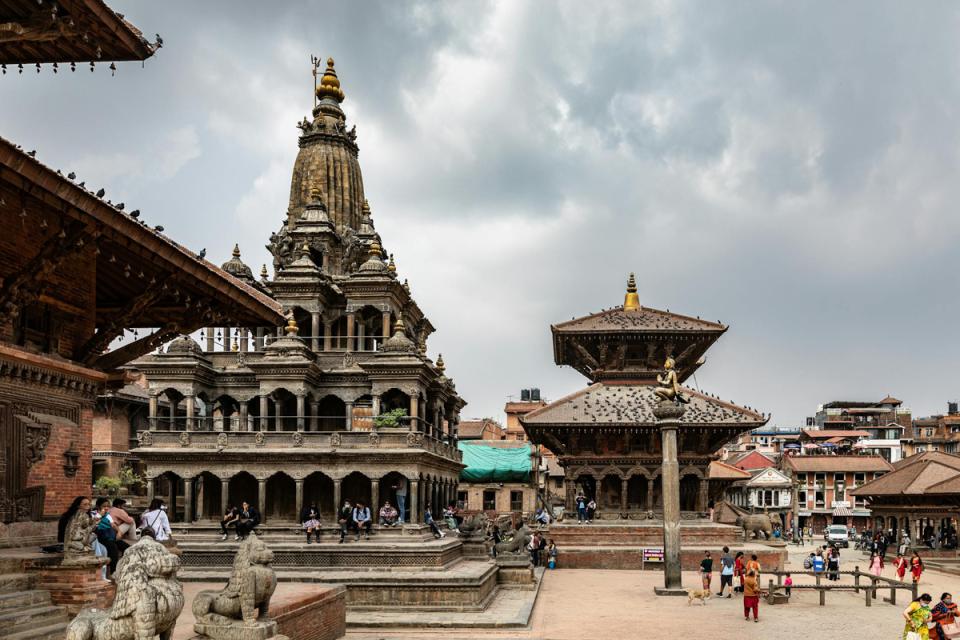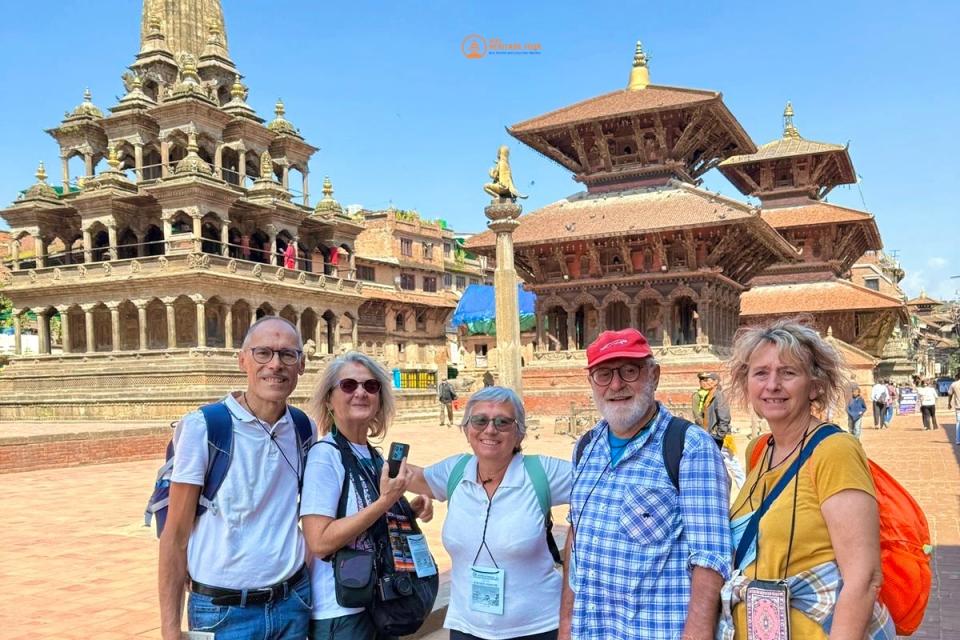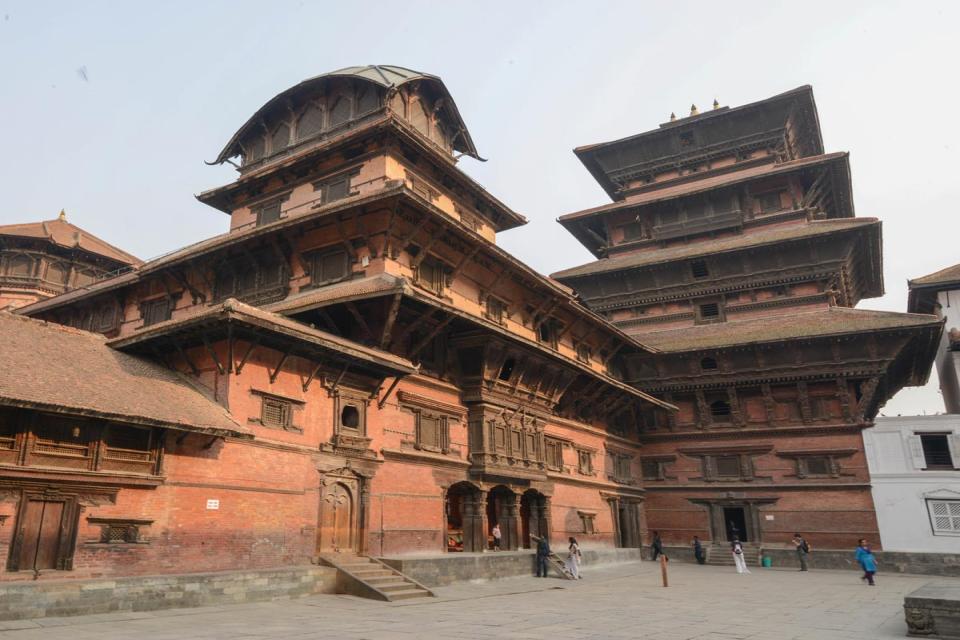Celebrating Nepal’s Political Evolution on Republic Day
Nepal marks its Republic Day on May 28 (Jestha 15), a national celebration honoring the historic transformation from monarchy to a federal democratic republic in 2008 AD (2065 BS). This momentous shift, however, is just one chapter in Nepal’s political story, which spans centuries of dynasties, kingdoms, and revolution. This blog takes you on a journey through five pivotal periods of Nepal’s political history, from the Lichhavi era to the modern republic, all through the lens of art, architecture, and heritage.
Each of these historical periods left behind monuments and cultural landmarks that continue to shape Nepal’s identity and inspire cultural tourism today. Whether you're a history enthusiast or a curious traveler, this blog will guide you through visit-worthy heritage sites that connect Nepal’s royal and revolutionary past with its vibrant present.
1. Lichhavi Period (c. 400–750 CE): The Birth of Nepalese Civilization
Political Snapshot
The Lichhavi dynasty, which reigned from the 4th to the 9th century, is considered the foundation of Nepal’s documented political and cultural history. Kings like Amshuverma laid the groundwork for governance, religion, and architecture that would influence Nepal’s development for centuries.
Travel Back in Time: Heritage Sites
-
Changu Narayan Temple: Changu Narayan Temple is Nepal’s oldest Hindu temple and a UNESCO World Heritage Site. Located east of Kathmandu, it features ancient Lichhavi-era stone inscriptions and intricate art, making it a top cultural and historical attraction in Nepal.
-
Pashupatinath Temple: Pashupatinath Temple is a sacred Hindu shrine and UNESCO World Heritage Site located on the banks of the Bagmati River in Kathmandu. Dating back to the Licchavi period, it is one of Nepal’s most revered religious sites, offering deep insight into ancient Hindu rituals and spiritual heritage.
-
Swayambhunath Stupa (Monkey Temple): Swayambhunath Stupa, also known as the Monkey Temple, is a UNESCO World Heritage Site and one of Nepal’s oldest Buddhist landmarks. Established during the Licchavi period, it offers stunning views of the Kathmandu Valley, a serene spiritual atmosphere, and ancient shrines rich in history and symbolism.
-
Boudhanath Stupa: Boudhanath Stupa is a UNESCO World Heritage Site and one of the largest spherical stupas in the world. Dating back to the Licchavi era, it serves as a major center for Tibetan Buddhism and remains a vibrant pilgrimage site and cultural landmark in Kathmandu.
-
Basantapur Inscriptions: Near Kathmandu Durbar Square, these rare Sanskrit texts offer insights into Lichhavi diplomacy and royal decrees.
Why Visit: This period gave birth to Nepal’s Hindu-Buddhist fusion, visible in temple reliefs, iconography, and inscriptions preserved today.
2. Malla Period (12th–18th Century): Golden Age of Art, Architecture & City-States
Political Snapshot
The Malla kings ruled the Kathmandu Valley through independent kingdoms of Kathmandu, Bhaktapur, and Patan, each competing to outshine the other in grandeur and architectural brilliance. This era witnessed Nepal's greatest cultural renaissance.
Must-See Malla Creations
-
Patan Durbar Square: Patan Durbar Square is a historic site famed for its stunning Malla-era palaces, courtyards, and temples, including the iconic Krishna Mandir. This artistic and architectural gem in Kathmandu is a must-visit destination for history buffs and architecture enthusiasts.
-
Bhaktapur Durbar Square: Bhaktapur Durbar Square is renowned for the 55-Window Palace and exquisite wood carvings, highlighting the exceptional craftsmanship of the Malla era. This historic site offers a rich cultural experience and is a must-visit for art and history lovers.
-
Kathmandu Durbar Square: Kathmandu Durbar Square features the historic Hanuman Dhoka Palace and traditional museums, showcasing the rich court culture of the Malla period. This vibrant square is a key cultural and historical landmark in Nepal’s capital.
Why Visit: These UNESCO-listed squares are living museums that reflect Malla-period court culture, architecture, and urban planning, ideal for cultural and architectural tours.
3. Shah Period (1768–2008): Unification and Rise of the Monarchy
Political Snapshot
Founded by King Prithvi Narayan Shah, this dynasty unified Nepal’s smaller kingdoms into a single nation-state. The Shah Kings maintained centralized control until the monarchy was abolished in 2008 AD (2065 BS).
Heritage Highlights from the Shah Era
-
Gorkha Durbar: The birthplace of King Prithvi Narayan Shah, this site features palaces and temples that symbolize Nepal's spirit of unification.
-
Rani Pokhari & Narayanhiti Palace: Once royal grounds, these locations are now open to the public and host political history exhibitions.
-
Tundikhel Parade Grounds: A historic public square used for royal announcements and ceremonies.
Why Visit: These sites offer a glimpse into Nepal’s militaristic unification and the ceremonial traditions that defined the monarchy.
4. Rana Period (1846–1951): The Era of Aristocratic Rule
Political Snapshot
During the Rana period, although the Shah Kings remained as figureheads, real power was held by the Rana Prime Ministers, a hereditary oligarchy. The Ranas isolated Nepal from the outside world while constructing neoclassical palatial mansions.
Colonial-Era Landmarks to Explore
-
Singha Durbar: Once the grandest palace in Asia, now home to Nepal’s Parliament.
-
Kaiser Mahal (Garden of Dreams): A neoclassical retreat in Kathmandu, perfect for history lovers and romantic walks.
-
Thapathali Durbar: A forgotten gem showcasing Rana-era elegance along the Bagmati River.
Why Visit: Rana architecture offers a unique colonial-era aesthetic, ideal for heritage photography and understanding Nepal’s aristocratic legacy.
5. Democratic & Republican Era (1951–Present): People's Voice and Political Transformation
Political Snapshot
Nepal’s political scene transformed drastically after the fall of the Ranas. From a short-lived democracy in the 1950s, a Panchayat system under the kings, to the pro-democracy movements in 1990 AD (2046 BS) and the People’s Movement of 2006 AD (2062–63 BS), Nepal emerged as a republic in 2008 AD (2065 BS).
Symbols of the New Nepal
-
Constituent Assembly Hall (New Baneshwor): The site where Nepal was officially declared a republic.
-
Martyrs Memorial in Shahid Gate: Honors those who sacrificed for democracy.
-
Republic Monument (Naya Baneshwor): A landmark dedicated to Nepal’s democratic spirit.
Why Visit: These contemporary sites symbolize Nepal’s hard-earned democracy and are essential stops during Republic Day celebrations.
Republic Day: A Time to Reflect and Explore
May 28 (Jestha 15) marks the day Nepal officially ended 240 years of monarchy and embraced a federal democratic republic. For travelers, Republic Day offers a chance to:
-
Witness patriotic celebrations and parades in Tundikhel and New Baneshwor.
-
Explore museums and palaces that narrate Nepal’s journey to democracy.
-
Participate in guided political history tours across Kathmandu Valley and Gorkha.
Whether you’re exploring Durbar Squares, visiting revolutionary landmarks, or attending Republic Day cultural events, Nepal’s political journey is etched into its architecture, streets, and spirit.
Conclusion: Travel Through Time in Nepal’s Living History
Nepal's political history is not confined to textbooks- it lives on through its palaces, temples, and public squares. From the spiritual carvings of the Lichhavi period to the royal pomp of the Shah dynasty and the bold symbols of the republic, each era left behind footprints worth discovering.
This Republic Day, why not walk in the footsteps of kings, rebels, and revolutionaries? Embark on a curated historical journey with Best Heritage Tour, offering immersive heritage experiences that connect Nepal’s political past to its vibrant present.
Plan Your Cultural Journey Today
-
Phone/WhatsApp/Viber: +9779851149197 / +9779810043046
-
Email: bestheritagetour@gmail.com / info@bestheritagetour.com
-
Website: www.bestheritagetour.com
-
Location: Thamel Marg, Kathmandu, Nepal
Author: Best Heritage Tour
Date: 15th May, 2025

